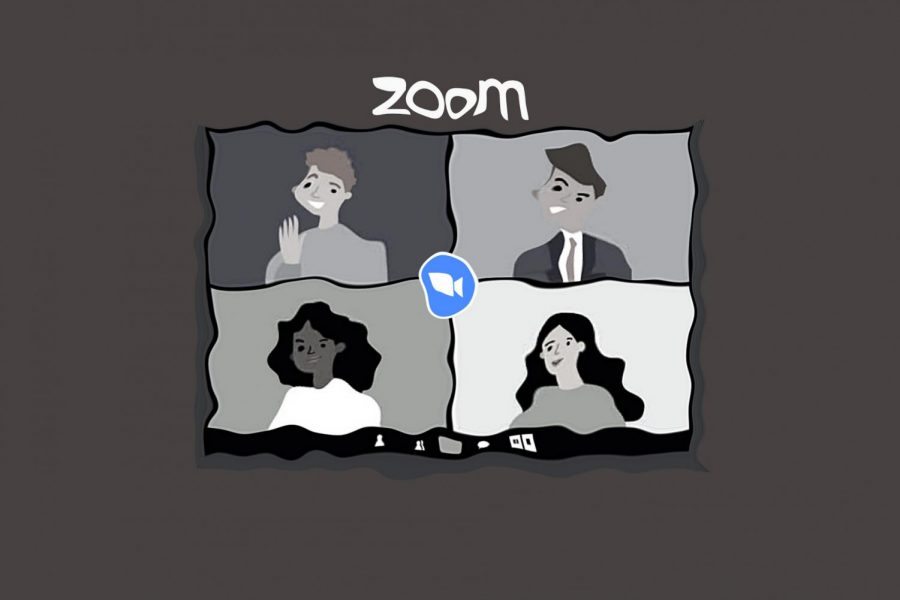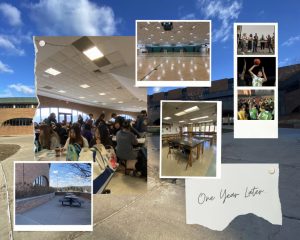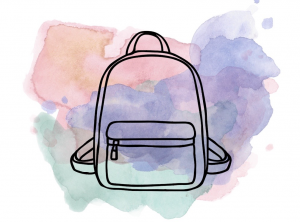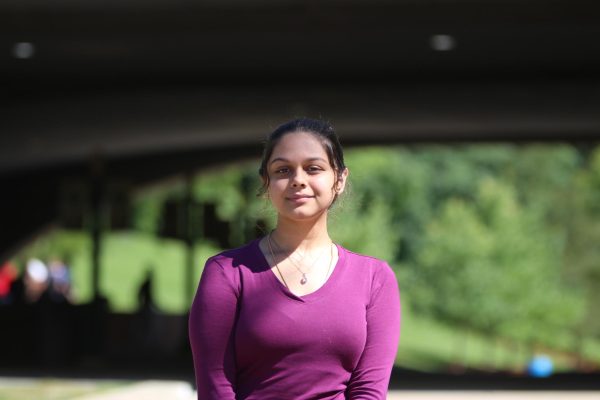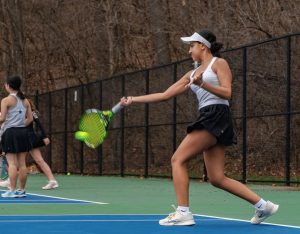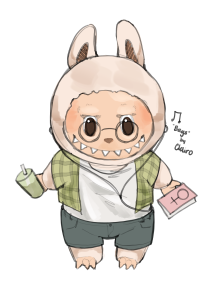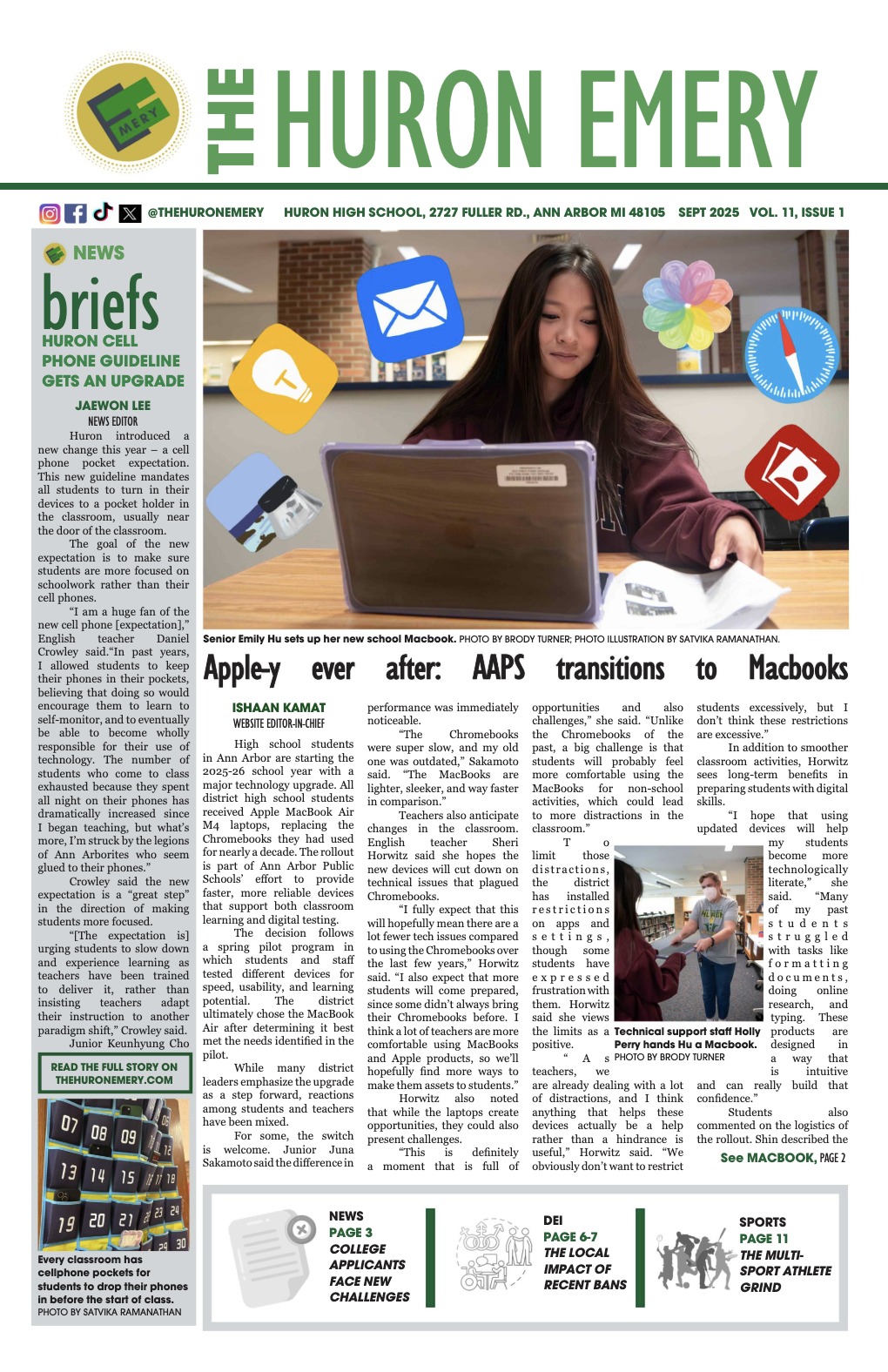The issue with students turning on their Zoom cameras
79 percent of the Emery’s Instagram followers don’t believe that students should have to turn on their cameras (based on a poll of 169 people). Original photo courtesy of jmexclusives.
April 1, 2021
Most teachers face a sea of little black boxes when looking at their Gallery View on Zoom. Some of them have names and icons. Occasionally, there are people looking back at them, but it’s a stark difference from talking to a full classroom.
According to USA Today, the rate of failing grades with online school has skyrocketed. Sometimes, this is because people have to take care of siblings at home, or have trouble understanding material without help. But more often than not, your teachers are willing to help.
“I think that a lot of students may feel too shy to turn their cameras on because many of their classmates don’t,” English teacher Sheri Horwitz said. “I know that there is safety and security in numbers and so I totally understand why they feel that way — even if I wish it wasn’t the case.”
Ann Arbor Public Schools does not require students to keep their cameras on, citing equity concerns and student privacy, while some other districts strongly believe that teachers need to see their students for education to be effective.
Huron French teacher Melissa Saeed thinks the issue is about students’ home environment.
“Students don’t want to show their personal space to others,” Saeed said. “They also might not have gotten themselves ready for the day. Or they might not want their teacher to see them lying in bed, on their phones or not paying attention.”
Catherine Marchionna, who teaches PLTW classes, agrees.
“I know how it feels to have the camera on you — it feels like you are under the microscope at all times,” she said. “I also know a lot of our students don’t have the bandwidth to support streaming video with their camera on, or they don’t want to show their home, or they just don’t know their classmates very well and don’t want to be exposed.”
However, when students consistently don’t turn their cameras on, teachers said they lose their connection with their students.
“Teaching is more than just passing on information,” Huron calculus teacher and chair of the math department Peter Collins said. “So much of it involves developing a personal relationship with students. When students have their cameras turned off, very little of that relationship-building can take place.”
According to Andrew Collins, the science department chair, social cues play a huge part in teaching.
“I like to see students nod in agreement, or furrow their brows in confusion,” he said. “Occasionally, a student may even laugh at one of my bad jokes.”
Many students have experienced what is now called “Zoom fatigue.” Even if people don’t notice physical strain, learning and teaching in isolation demotivates people, even introverts. When a teacher doesn’t see someone’s face or hear their voice, it’s like they’re not even there.
“From the teacher’s standpoint, it’s so helpful to see people’s faces while teaching,” Horwitz said. “You can see if the students are comprehending, you can see if they’re engaged and you can better gauge how to help them.”



